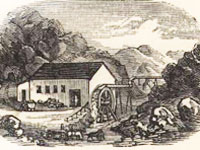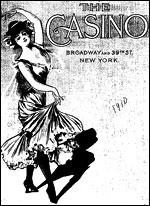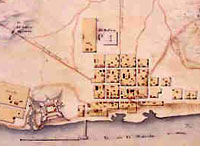Nineteenth-century California Sheet Music

These scanned images come from more than 2,700 pieces of sheet music published between 1852 and 1900 in California. The website also includes more than 800 illustrated covers, 48 audio selections, eight video clips of singers, and a handful of programs, posters, playbills, periodicals, catalogs, broadsheets, books on music, and maps. More than 350 items contain advertising.
Explanatory essays of 1,000 to 2,000 words in length provide general information on music from more than a dozen ethnic cultures, and with reference to specific topics, including buildings, composers, dance, disasters, gender, mining, performers, politics, product ads, railroads, and sports. Provides 14 links to additional sheet music collections and reference sources. These resources are valuable to those studying popular culture, California history, music history, advertising, and depictions of ethnicity, gender, and race in 19th-century America.



![Photo, detail from "Immigrants aboard a ship heading for the Port of New York," 1892, American Family Immigration History Center Photo,"Immigrants aboard [...],"1892, American Family Immigration History Center](/sites/default/files/website_image/EllisIsland.jpg)
